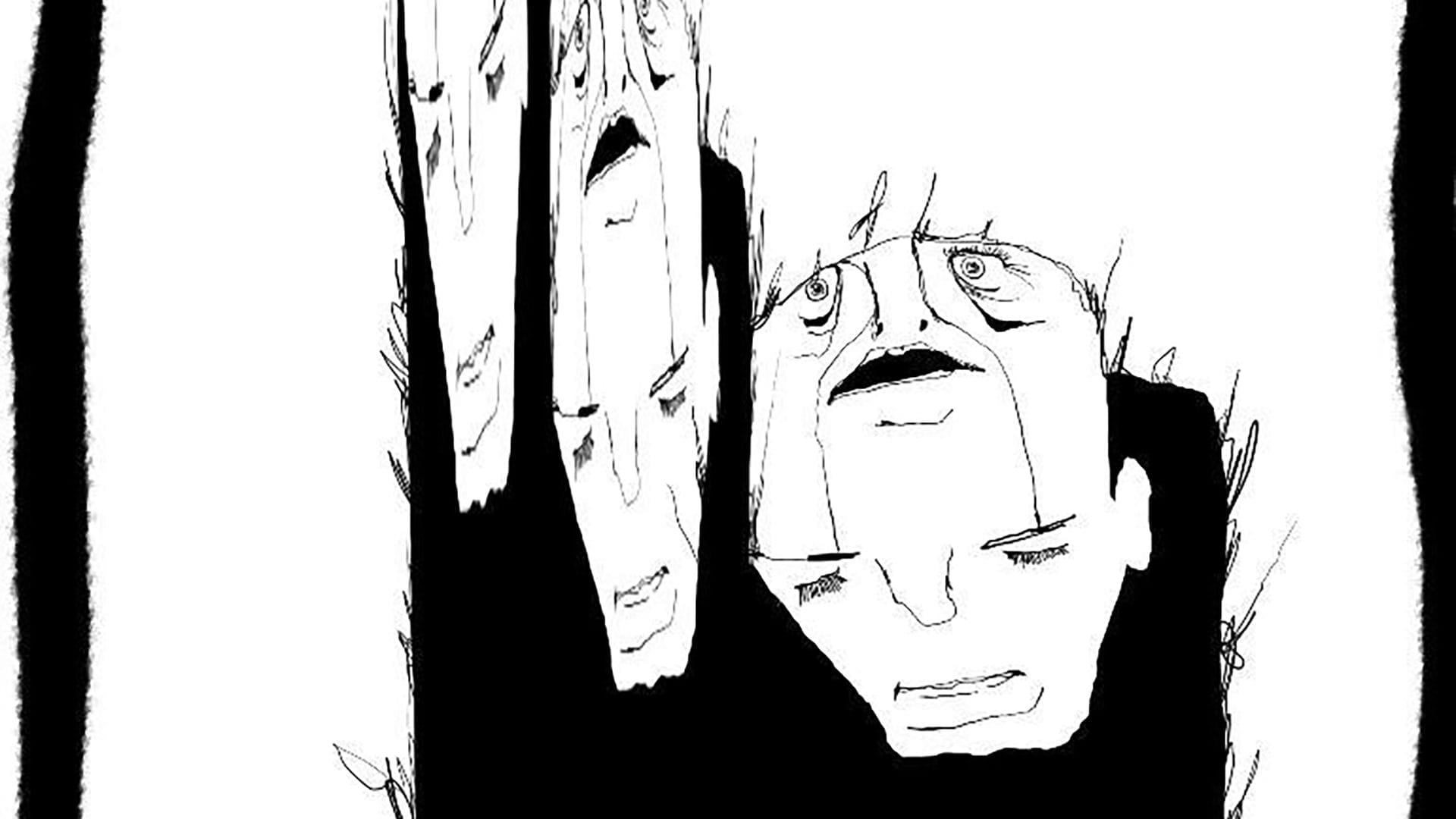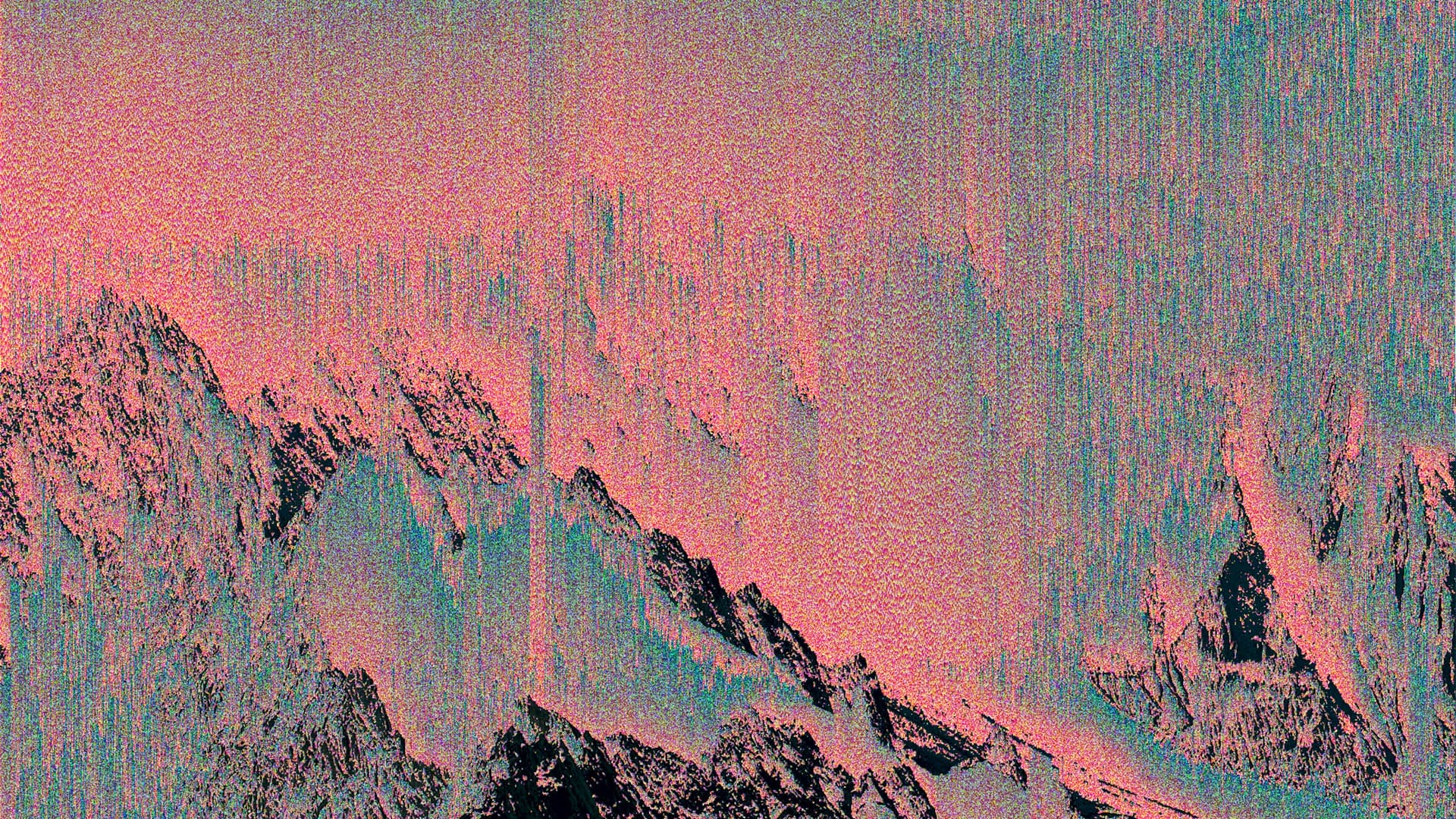
Alexandra Bircken: Soma Sema Soma at Kunsthaus Biel
Alexandra Bircken, Soma Sema Soma, 8 June – 31 August 2025, Kunsthaus Biel / Centre d’art Bienne, Biel/Bienne, Switzerland, curated by Paul Bernard and Selma Meuli
There’s a fragile line between what binds us and what separates us. It’s made of skin, but also of cables, seams, and fractures. Alexandra Bircken stretches that line, crumples it, slices and re-stitches it throughout the pulsating, antiseptic rooms of Kunsthaus Biel. Upon entering, it’s not a single artwork that strikes first, but rather an impression: that my own body, reflected in space, is being questioned. What if the body were nothing more than a system of signs? An interface, a threshold, a surface between the self and the world?
The title, Soma Sema Soma, resonates like an epigraph etched into flesh. Soma, the body. Sema, the sign. And again Soma. A looping circuit of matter and meaning. This oscillation defines the exhibition’s core: the tension between what we are and what we appear to be, between lived flesh and its symbolic mise-en-scène. And so the visit begins, like a poetic autopsy.
Kunsthaus Biel here becomes a dissected organism. The layout of the works, precise, non-didactic, guides the eye along a path that doesn’t dictate but insinuates. The lighting is cold, surgical; it casts shadows that feel like emotional diagrams. Visitors move slowly, as though each sculpture demands a kind of reverent pause. Every step is both an approach and a retreat.
The rooms don’t tell a linear story but rather resemble a network—or better, a dispersed nervous system. Twisted cables, torn fabrics, oxidized metals and epidermal surfaces cohabit in a discontinuous, organic ensemble. The Vitrines (I–V), scattered like visual interludes, collect fragments of the artist’s process: materials, notes, photographs. They act like curatorial synapses, mental connections made visible. Thought becomes object, and vice versa.
The exhibition’s rhythm is a pendulum between machine and body, affection and estrangement. Works like Efeu Elektro (2023) cling to the wall like industrial ivy, while others, Ulysses (2025), Paystation (2025), resemble archaeological relics from a future that has already overtaken us.
The beating heart of Bircken’s work lies in the material itself. Not in a rhetorical sense: every technical decision is a political gesture, every juxtaposition a site of friction. Take Automatik (2024) and Picasso (2025): automobile wiring, the electric veins of the mechanical everyday, reconfigured through ancient textile gestures. A radical resemanticization: the masculine-industrial is woven into the archetypal feminine of the loom. Here, the act of “making” becomes counter-narrative.
The sculpture PS (Horsepower), monumental and fragile, dismantles the horse as a symbol of masculine power, reassembling it into something closer to a broken toy, a hollowed-out armor. The symbol is rendered dysfunctional: the animal no longer runs, no longer carries, no longer triumphs. It is a carcass reflecting the collapse of heroic narratives.
Materials, bronze, steel, ceramic, are manipulated to shed their monumental aura. In Trophy (2013) and Chérie (2022), casting is not used to celebrate but to complicate. Forms do not assert; they insinuate. Husky (2024) plays with altered familiarity: the wolf-dog becomes a frozen totem, an unsettling presence in search of a role.
Bircken excels at drawing disparate elements into conversation: branch and leg, hammer and wool. In Doppelhaushälfte (2021), a scathing, ironic critique of domesticated feminine power, Angela Merkel’s iconic diamond-hand gesture is embedded as a photographic fragment within a biomechanical dollhouse, a hybrid between irony and indictment.
In the end, what remains is not a single work but a sensation, vertigo. As though something had unraveled within me. Perhaps an idea of coherence, of unity. Bircken offers no certainties: only loose threads, open connections between your skin and the world.
The ceramic traffic delineators arranged in a grid in the Salle Poma feel like broken spines or scattered milestones, markers for a cartography of instability. They do not delimit; they suggest the potential for interruption, diversion, challenge.
Soma Sema Soma is this: a grammar of the broken body, a semantics of wounded machinery, a philology of skin. It’s not enough to see it, you must traverse it, let yourself be traversed. Because in every sculpture pulses the essential question: how much of us is constructed, and what remains when the skin is peeled away?











fakewhale
Founded in 2021, Fakewhale advocates the digital art market's evolution. Viewing NFT technology as a container for art, and leveraging the expansive scope of digital culture, Fakewhale strives to shape a new ecosystem in which art and technology become the starting point, rather than the final destination.
You may also like
17 – Duke Dasher Succumbs to Alcoholism
Washington D.C., Tilted Kilt Pub & Eatery, United States Dasher waited until the firing had stop
Fakewhale in Dialogue with Aaron Huey
Aaron Huey’s artistic practice cannot be pinned down to a single era, medium, or terrain, geograph
Kim Asendorf: From Pixel to Paradigm
A pioneer in the field of digital aesthetics, Kim Asendorf is a German visual artist whose work is c




